Tree planting is the cheapest and most reliable way to directly sequester carbon from the atmosphere that is currently available. However, predicting and monitoring how much carbon is captured by reforestation is no easy task. In this methodology we explain how we arrive at our figures and the reasoning behind our approach. By estimating how much carbon we are sequestering at our projects we aim to provide our members with an idea of how much our efforts are contributing to tackle climate change.
Carbon sequestration - the basics
Carbon sequestration is the process of removing carbon dioxide from the atmosphere and storing it in a stable long-term carbon reservoir. Trees can act as carbon sinks by taking up more carbon dioxide from the atmosphere through photosynthesis than they release through respiration.
The carbon that is sequestered through photosynthesis in a forest then forms part all sorts of organic compounds in plant material and in all living matter. When living organisms die, they are decomposed by microorganisms – a process that releases some carbon back into the atmosphere and stabilizes the rest into soil organic matter.
When done correctly, reforestation projects lead to carbon sequestration by increasing the amount of living matter, and therefore the amount of carbon, that is contained in a given area. The rate of carbon sequestration speeds up as the trees grow and gradually slows down as the forest matures. Although there obviously is an upper limit to how much carbon can be stored in a given area, there is evidence that old growth forests continue to sequester carbon for centuries.
After carbon sequestration in a forest ecosystem, carbon can still be released into the atmosphere by disturbances such as forest fires or tree felling. This is why tackling the drivers of forest degradation is crucial to ensure reforestation projects are successful.
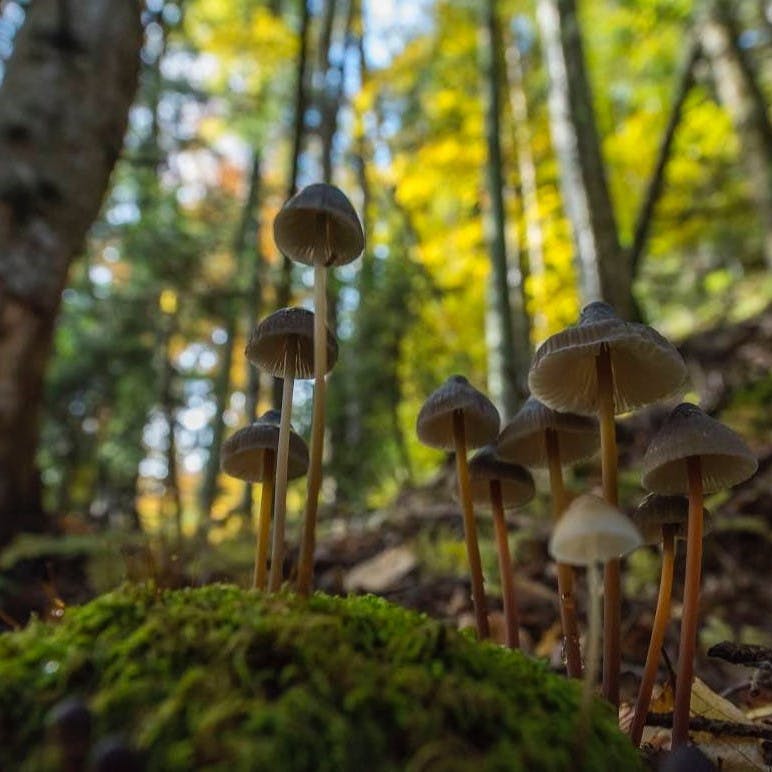
Arriving at our figures
When thinking about carbon sequestration it is important to distinguish predictions from actual sequestration estimates. Predictions can be made before planting takes place and can take into account factors such as the tree species being planted, the type of soil and the local climate. Sequestration estimates, on the other hand, are values that reflect how much carbon is stored in the forest at a given moment in time after being captured from the atmosphere.
Predictions
To inform the carbon capture predictions for our projects, we carry out secondary-research of peer-reviewed literature. We use figures from research carried out in the types of forest ecosystems, or similar, that we are working with. We use these figures as a baseline and use more site-specific figures if available. Because our projects change, the carbon sequestered by our membership will vary. However, we work with the assumption that on average 1 tree sequesters 0.25 tonnes of carbon dioxide over a period of time (50-100 years). We believe this is a reasonable, conservative estimate for the types of temperate forests that are working with.
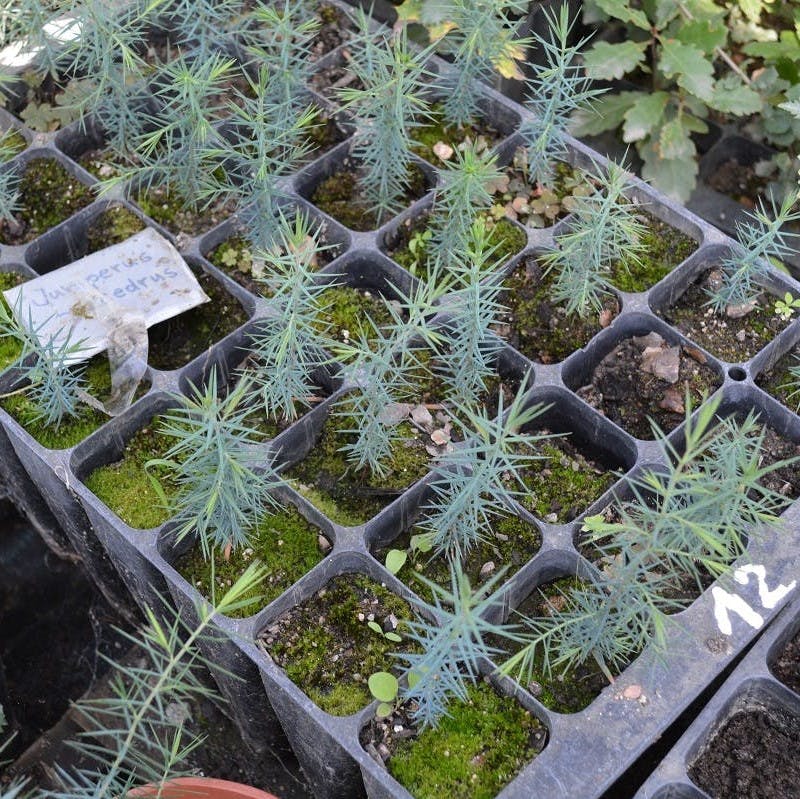
Monitoring
The purpose of monitoring carbon sequestration rates is to confirm predictions are met and to adjust the estimates accordingly. We are not yet monitoring carbon sequestration rates at our reforestation projects, but we are exploring ways to do so in the future. Using standard methods, the first estimate of carbon capture rates would take place 10 - 15 years after planting but none of our trees have reached this stage yet. In the meantime, we are monitoring survival rates in the first few years after planting to inform replanting and make sure our trees have the best chance of growing into mature forests. Since we keep track of the location of all of our trees we will be able to apply different monitoring techniques to evaluate carbon sequestration at our projects once this becomes feasible.
It is a very exciting time in the field of carbon sequestration research due to rapid technological progress. One of the most promising areas is the use of satellite data to estimate above ground biomass (i.e. the mass of vegetation) at a fine spatial resolution across the globe. We are now seeing the deployment of satellite-born high resolution laser ranging observations to characterise the 3D structure of the earth’s forests. For example, the NASA-led GEDI project launched a new instrument to the international space station on SpaceX’s dragon rocket and will be providing open access to such data over the next few years.
We hope that by combining data from this and other missions it will become possible to obtain reliable estimates of carbon sequestration rates at our projects. Delivering transparency through technology is a big part of what we want to achieve at Mossy Earth, and this would be one more step in that direction.
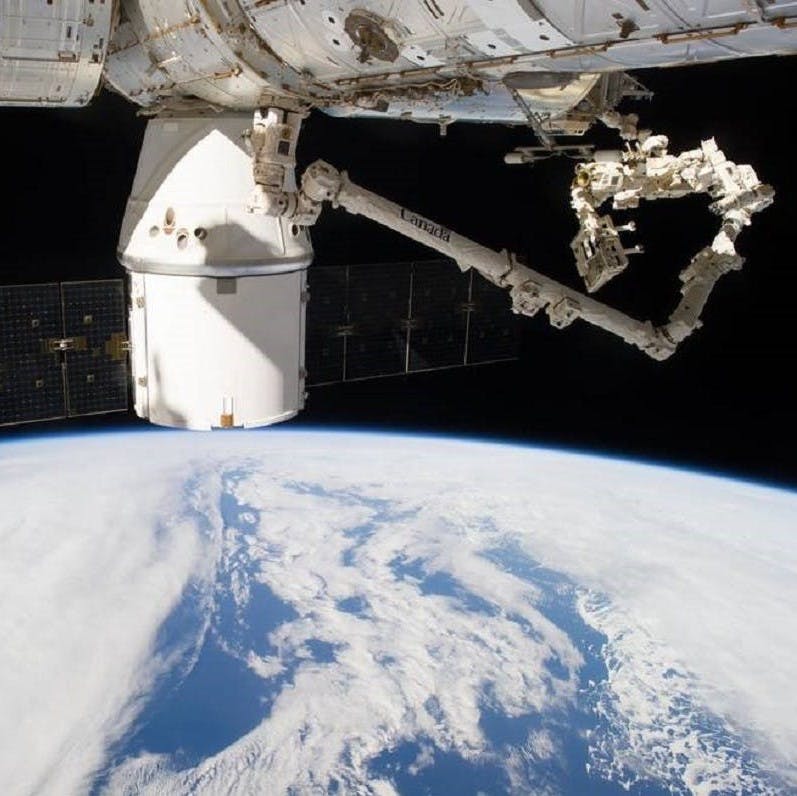
Carbon offsetting
The carbon offsetting market keeps growing with many large companies pledging to become carbon neutral, oftentimes recurring to tree planting as a way to achieve negative emission targets. At the same time, the whole concept of carbon offsetting has been increasingly under fire. In the midst of this we think it is important to make our position clear.
We do not see ourselves as a typical carbon offsetting organisation and do not issue carbon credits. This allows us to do things differently and address many of the concerns that people have about supporting reforestation projects to tackle climate change.

Prioritising ecosystem restoration and rewilding
Unfortunately, many large carbon offsetting schemes plant non-native, monoculture forests that overtime degrade the land, are devoid of wildlife, contribute to the acidification of soils and rivers, while creating potential flooding and fire hazards. This is not what we are about.
In all our decisions, from project selection to monitoring and implementation, we focus on improving the state of the ecosystem rather than optimising carbon sequestration rates. Coincidentally, however, by working to establish wild and resilient forest ecosystems we believe we are increasing our chances of creating a stable carbon sink that will continue to sequester carbon for years to come. If you want to learn more about our approach make sure to read our reforestation methodology.
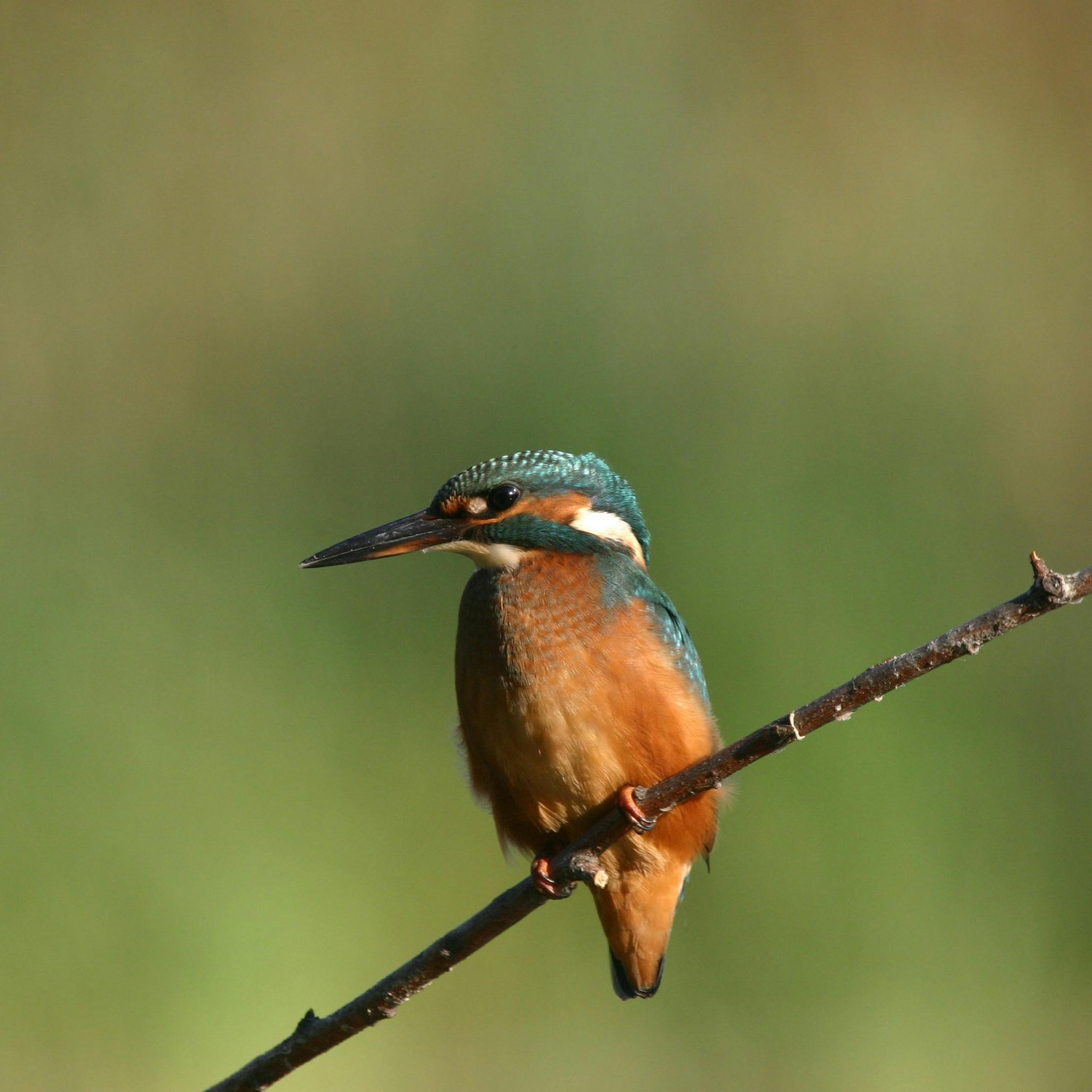
Additionality
One of the issues that has plagued carbon offsetting schemes has been the difficulty of demonstrating additionality, i.e that the carbon sequestration being claimed would not have taken place were it not for one’s contribution. This has been particularly problematic for carbon credits issued for protecting existing forests as it is difficult to demonstrate that there is no leakage, i.e that the deforestation that was prevented in one area isn’t simply occurring at another area instead.
Since we focus exclusively on reforestation the task is simpler. To ensure additionality, we only plant in areas where natural forest regeneration is unlikely or would take a very long time to occur. Every tree is assigned to a single member or customer and we always finish assigning trees for one batch before moving on to the next. Moreover, we have developed a set of measures to allow our members to hold us accountable and to assess the impact of our work for themselves. You can read more about how we achieve this on our trust and transparency methodology.
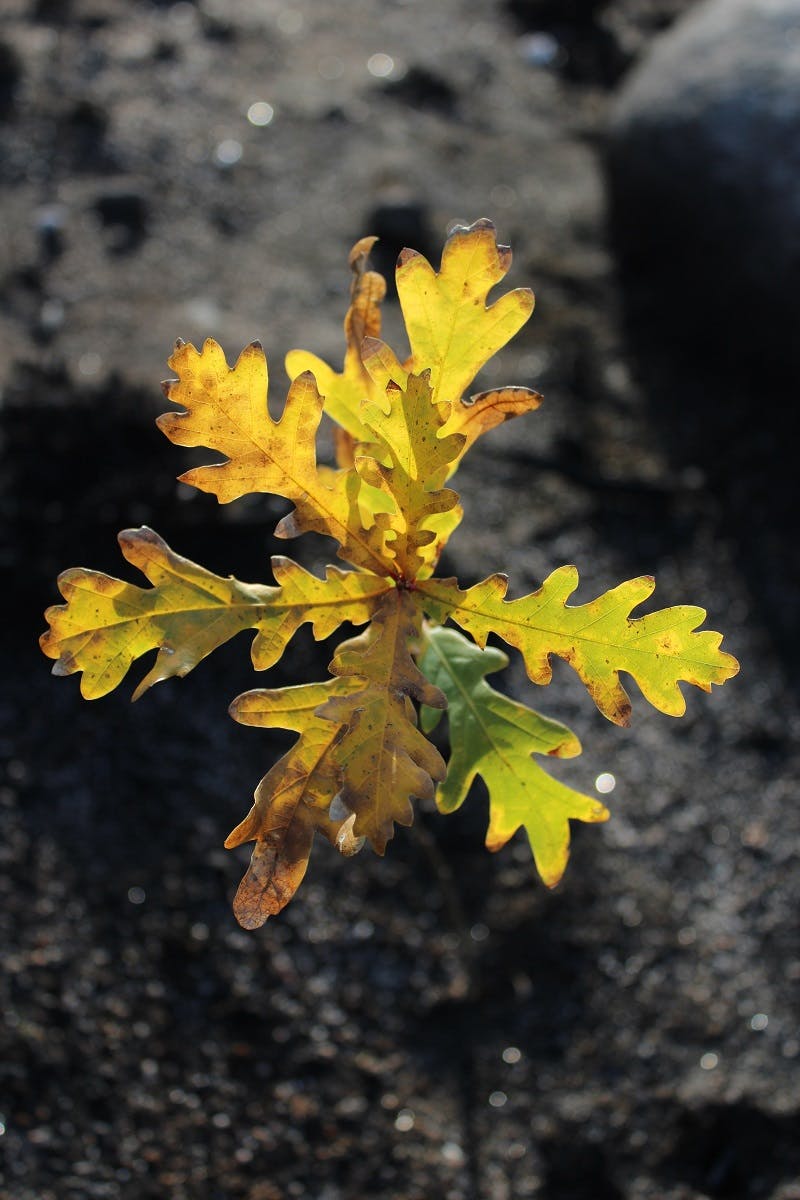
Like-minded individuals and businesses
Carbon offsetting is often criticised as a form of “green-washing” that allows one to pay and continue polluting guilt-free. This may be the case for companies that support tree planting simply out of a need to comply with environmental regulations. However, we essentially avoid such situations by working only with businesses and individuals that want to support our work voluntarily and therefore have taken it into their hands to have a positive impact on the environment. In fact, many of our partners and members are consciously looking for ways to reduce their carbon footprint and see reforestation as just one piece of that puzzle.
In line with this ethos, we have also developed a wide range of guides and a carbon footprint calculator to help our members reduce their negative impact on the environment while simultaneously embarking on our mission to restore nature.
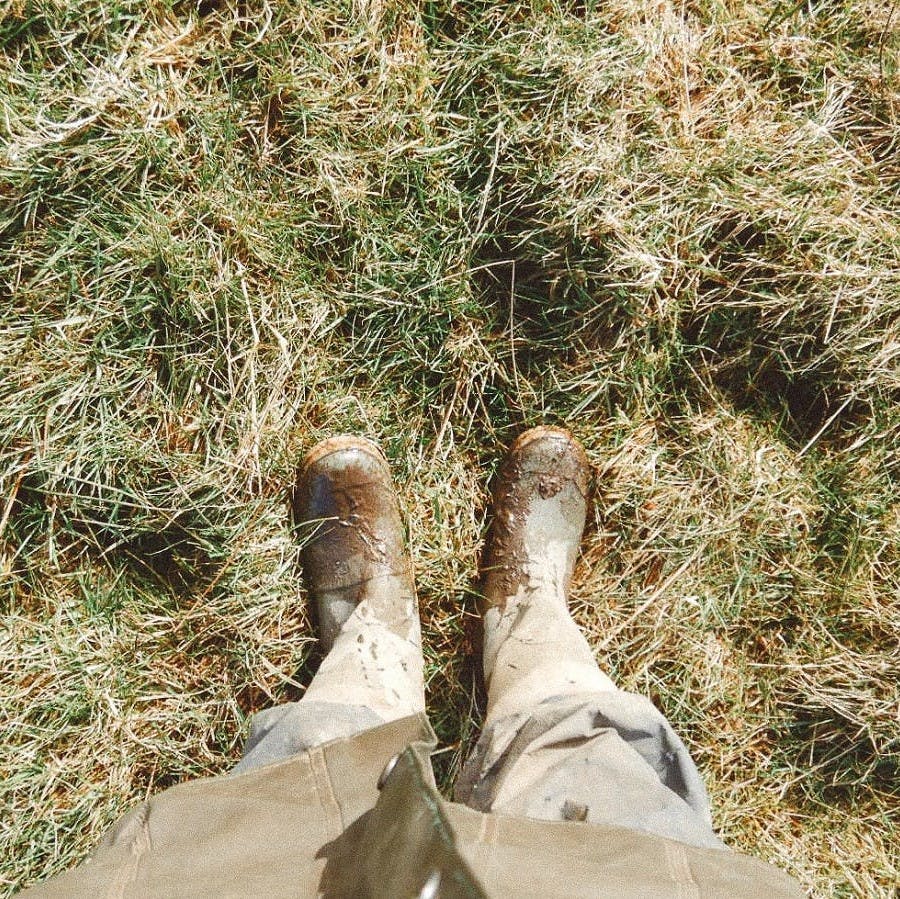
FAQs
Does Mossy Earth work with carbon credits?
No, we do not issue carbon credits or use a carbon accreditation standard. Our goal is to use technology to make it possible for our members to judge for themselves whether we are doing things correctly. This is why we have developed our transparency measures and why we are always looking for ways to improve. More importantly, perhaps, carbon sequestration rates do not tell us anything about the overall environmental impact of a reforestation project. Therefore we report carbon sequestration estimates as one of the co-benefits of our work. Being interested in the ecology and biodiversity of the landscapes we are restoring, we put our effort into giving our members a more complete picture of what is happening in the field.
How many trees need to be planted to offset my carbon footprint?
The first step in answering this question would be to estimate your carbon footprint, which you can do easily using our carbon footprint calculator. With our membership, you plant 48 trees per year which will sequester approximately 12 tonnes of carbon dioxide from the atmosphere according to our conservative predictions. For most of our members, this covers their individual carbon footprint and some more. However, it is important to keep in mind that it will take several decades for this amount of carbon to be captured by the newly planted trees. This is why we believe it is important to take measures to reduce your carbon footprint rather than simply relying on tree planting to offset it.
How accurate are Mossy Earth's carbon sequestration predictions?
We strive to use the best available evidence to arrive at the carbon sequestration predictions for our reforestation projects. However, forests are complex dynamic ecosystems and the amount of carbon that actually is captured cannot be predicted with certainty. This is why we err on the side of caution in our calculations such that we will either meet or exceed the predictions we make.
How many trees to offset my flight?
Flying has a heavy carbon footprint and not every flight can be avoided so a lot of environmentally conscious individuals look for ways to compensate for the associated emissions. Taking the average sequestration potential at our projects, we predict that 1 tree will sequester approximately 0.25 tonnes of carbon dioxide as the area develops into a wild forest. As an example, a return flight between London and New York would require approximately 7 trees to be planted. However, it is important to note that flight emissions take place immediately but it will take several decades before the trees capture the equivalent amount of carbon dioxide from the atmosphere.
What other ways can I reduce my carbon footprint?
There is an endless list of easy, simple yet hugely effective ways to reduce your carbon footprint through changes to the way you travel, commute, eat, deal with waste, shop and heat/cool your home. When you use our carbon footprint calculator we will let you know if you are above below or close to the average of other calculator users for each category. We also have a wide range of guides with practical tips to reduce your carbon footprint and your overall impact on the environment.
Sources & further reading

- “A Large and Persistent Carbon Sink in the World’s Forests” - Science 2011
- “The Global Tree Restoration Potential” - Science 2019